In the intricate realm of pharmaceutical advertising, global complexities abound due to a myriad of regulations that vary across markets. A glance at the UK government website reveals an extensive list of do’s and don’ts for public pharmaceutical advertising. On the affirmative side, one must include the product name, active ingredient, and usage instructions. Conversely, making misleading claims, quoting recommendations, suggesting a lack of side effects, or making comparisons are strictly off-limits. The restrictions extend to avoiding the targeting of children under 16 and prohibiting the distribution of free samples.
Pharma Advertising: A Dual Marketing Challenge
The pharmaceutical category is further compounded by dual marketing facets, encompassing over-the-counter products (OTC) with global advertising reach and direct-to-consumer (DTC) marketing, specifically targeting patients or healthcare professionals (HCPs). Remarkably, only the US and New Zealand permit the public display of DTC ads featuring product claims. Within DTC, different ad types are subject to varying regulations, intensifying the challenge. DTC ads can be directed at HCPs in other markets, but over-targeting has led to HCPs feeling overwhelmed, with 55% reporting such sentiments, as per the Digitally-Savvy HCP report.
Pharma Advertising Landscape: A Dynamic Evolution
Despite the complexities, the pharmaceutical industry in the US has recently surged past the tech sector to claim the second-largest spot for ad spending in 2023, witnessing a remarkable $17 billion increase over the past decade. The industry now allocates approximately $18 billion annually to advertising. Darrick Li, VP of sales in North America at Standard Media Index (SMI), notes that pharma spending is increasing across all media types, with the fastest growth observed in out-of-home and digital mediums. Digital media, accounting for over half of all prescription drug ad spend, saw a significant uptick in 2022. Globally, pharmaceutical spending reached around $54 billion in 2022, marking a 16% increase from the previous year and a substantial 55% surge from five years ago.
Pharma Advertising Strategies: Navigating the Maze
Pharmaceutical advertising, despite being big business, has been cautious about embracing innovative changes in communication and channel utilization. The industry faced heightened scrutiny during the pandemic, leading to rapid adaptations and creative use of digital marketing to maintain communication.
Focus Areas for Pharma Advertising
Best practices, drawn from an analysis of the Kantar database, provide insights into navigating the diverse opportunities within this category. Approximately 4% of all ads studied at Kantar belong to pharma brands, with 65% focusing on OTC products and the remaining on DTC prescription products. Digital and social ads generally outperform TV, while print and outdoor ads effectively engage audiences and build brand equity. Notably, podcast pharma ads experienced a staggering +208% spending surge at the beginning of 2023.
Consumer Touchpoints and Effectiveness
Consumer touchpoints play a crucial role in effective advertising. Distinctiveness, strong branding, conveying meaningful differences, and triggering the right emotions are key. While pharma brands are perceived as meeting consumer needs persuasively, there is room for improvement in enjoyment and branding. Regional variations exist, with North American pharma ads, particularly OTC, displaying strength in performance marketing and long-term brand building.
Crafting Compelling Pharma Advertising
The Art of Persuasion
Effective pharmaceutical advertising hinges on being distinctive and well-branded, meeting consumer needs persuasively. According to BrandZ data, pharma brands excel in meeting consumer needs, showcasing a +21 point increase from the average, and in persuasiveness, landing +15 points above average.
Addressing Weaknesses
While pharma ads fall slightly below average in enjoyment, there is a significant opportunity to inject humor into advertising campaigns. Only 21% of pharma ads leverage humor, contrasting with the 37% average in other categories. Overcoming the perception that medicine should not be enjoyed, creative and humorous content can effectively convey messages while maintaining appropriateness.
Crafting Memorable Pharma Campaigns
Pharma advertising often incorporates multiple messages due to legal requirements. Surprisingly, an increasing number of messages positively correlates with higher persuasiveness in this category. The most impactful pharma ads, despite showing the product less often, excel in demonstrating its consumption or usage. Utilizing humor in a sensitive manner, as demonstrated by United Healthcare and KCEA print winner for Milgamma Protekt Vitamins, showcases the potential for creative approaches.
Riding the Advertising Wave
In conclusion, despite the inherent complexities, the pharmaceutical advertising landscape is experiencing unprecedented growth, with increased investment and a newfound openness to innovative approaches. As the industry continues to evolve, embracing creativity and exploring new avenues for connection remains pivotal to shaping a brand’s future in this dynamic space.
For additional guidance, explore the 2023 ranking of the most valuable global pharma brands and delve into the key factors driving their growth in the latest global report. Gain an overarching view of a brand’s performance with Kantar’s free interactive tool, BrandSnapshot powered by BrandZ, offering intelligence on 10,000 brands across more than 40 markets.



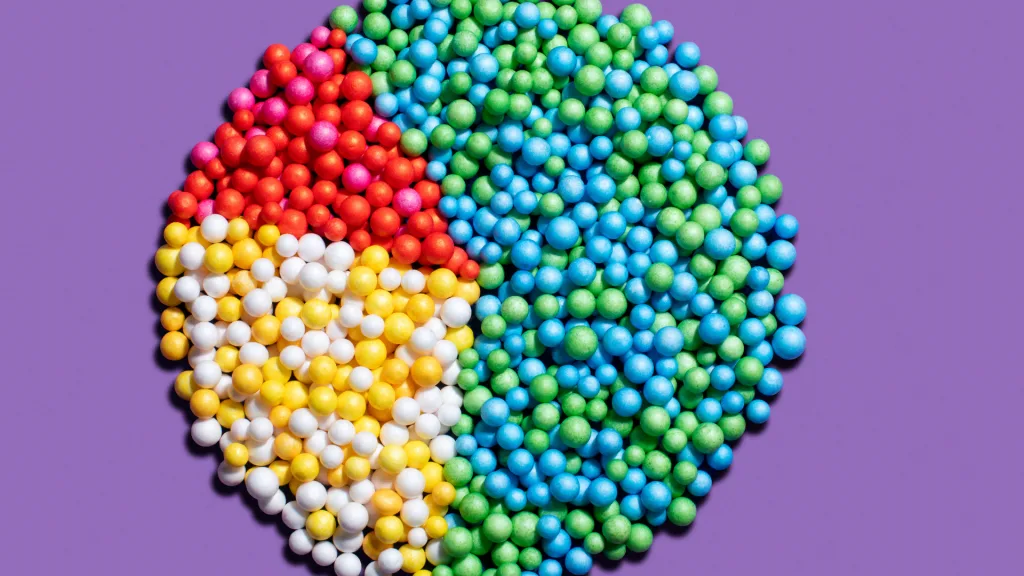
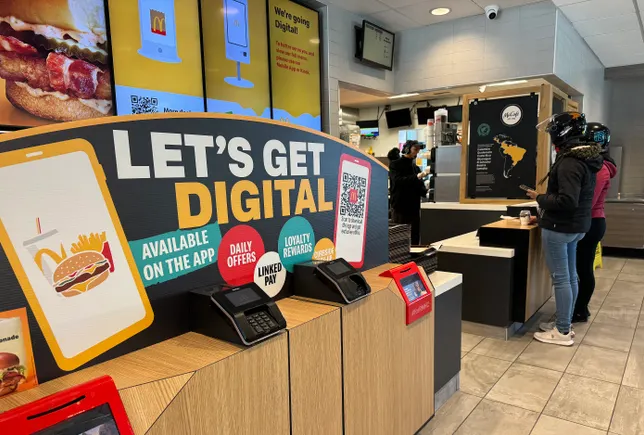
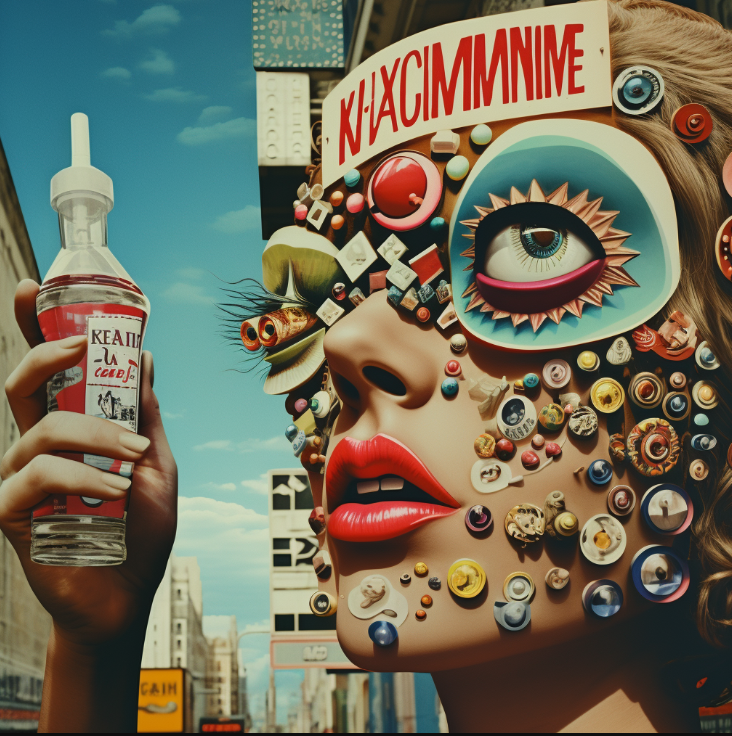


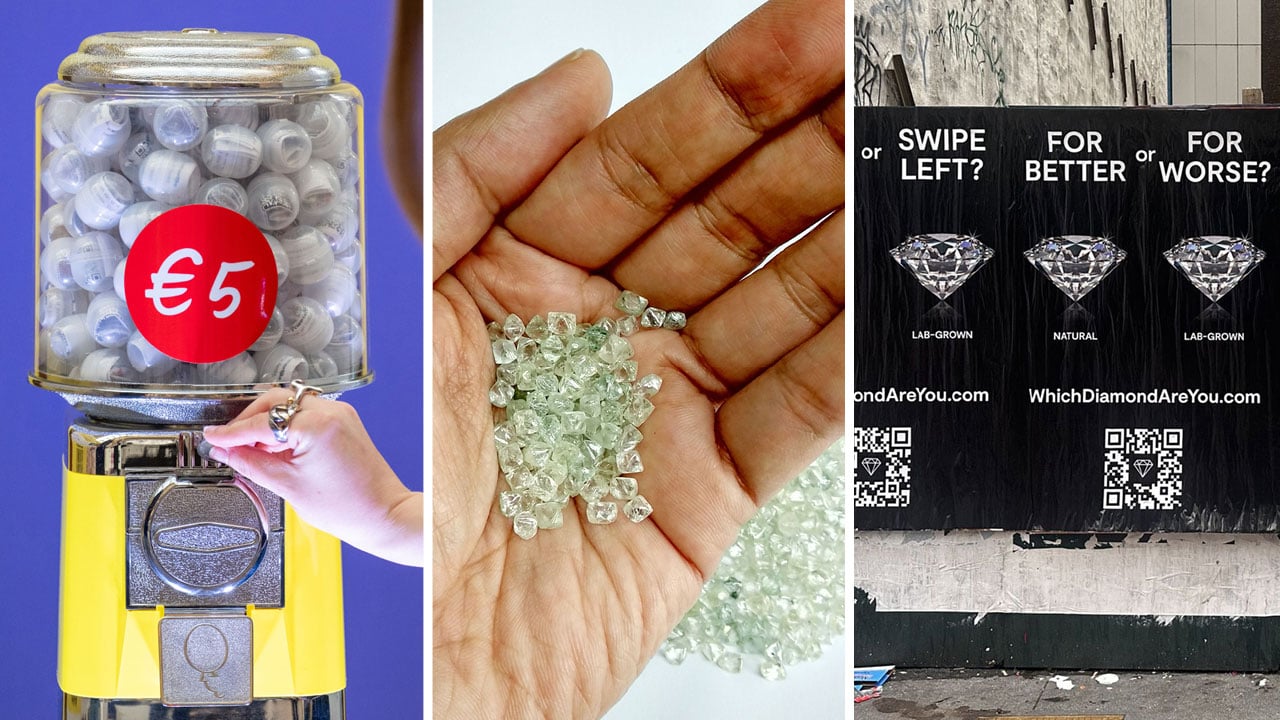


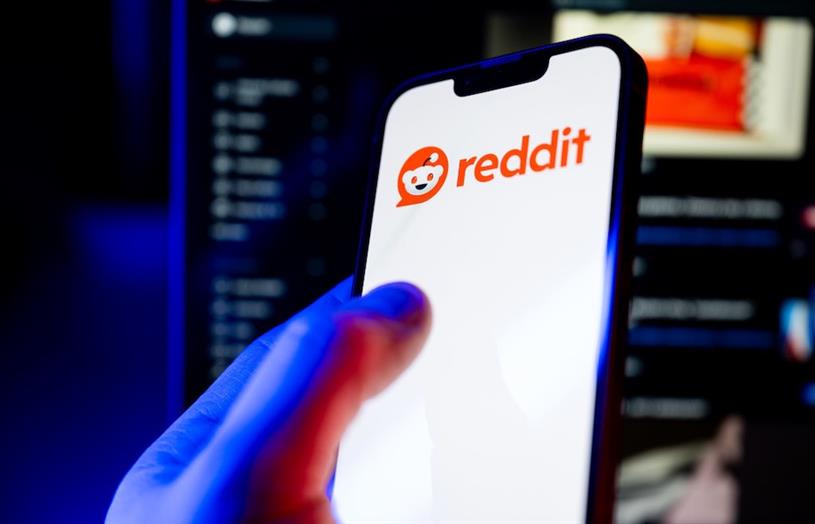
Leave a Reply